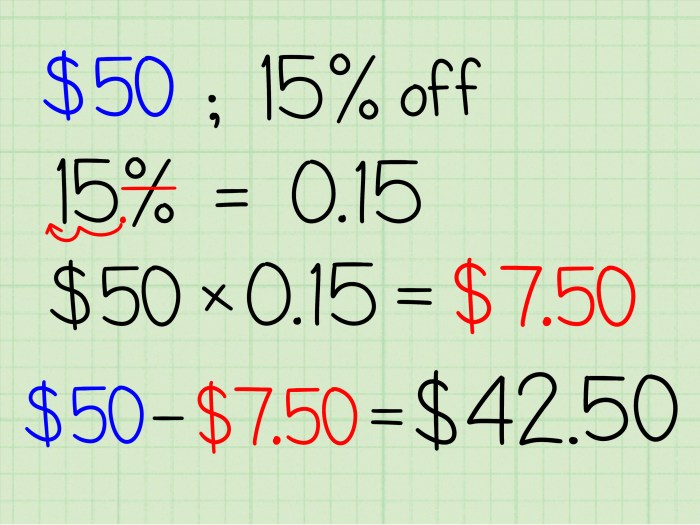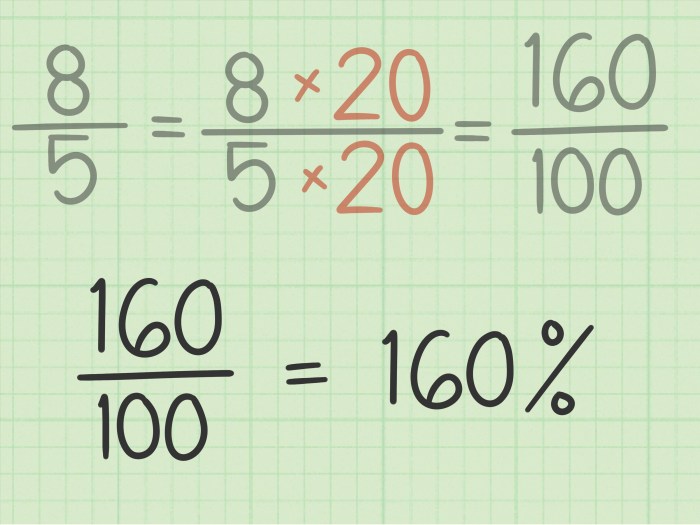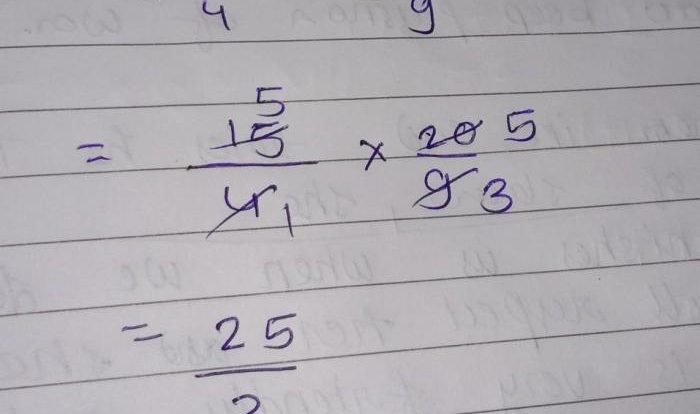Write 0.614 as a percent? No problem! In this comprehensive guide, we’ll walk you through the steps to convert this decimal into a percentage with ease. Get ready to master the art of percentage conversion!
Percentage notation, the mathematical representation of a fraction as a hundredth, plays a crucial role in various fields. Whether you’re calculating discounts, interest rates, or exam scores, understanding percentages is essential.
Converting 0.614 to a Percentage

Converting a decimal to a percentage involves multiplying the decimal by 100 and adding the percent sign (%). This process essentially converts the decimal into a fraction with a denominator of 100, expressing the value as a percentage of 100.
Converting 0.614 to a percentage, we get 61.4%. Speaking of percentages, have you checked out the act 3 the crucible quiz ? It’s a great way to test your knowledge of the play. Coming back to our initial topic, 0.614 as a percentage is 61.4%, a pretty straightforward calculation.
Converting 0.614 to a Percentage
To convert 0.614 to a percentage, we follow the steps mentioned above:
- Multiply 0.614 by 100: 0.614 x 100 = 61.4
- Add the percent sign: 61.4%
Therefore, 0.614 as a percentage is 61.4%.
Understanding Percentage Notation: Write 0.614 As A Percent

Percentage, often denoted by the symbol %, is a mathematical way of expressing a fraction as a part of 100. It represents the number of parts per hundred, providing a convenient and standardized way to compare and interpret proportions.
The relationship between decimals and percentages is fundamental. Any decimal can be converted to a percentage by multiplying it by 100. Conversely, a percentage can be converted to a decimal by dividing it by 100.
Decimals and Percentages
- To convert a decimal to a percentage, multiply the decimal by 100. For example, 0.5 becomes 50%.
- To convert a percentage to a decimal, divide the percentage by 100. For example, 50% becomes 0.5.
Applications of Percentages
Percentages are widely used in various fields, providing a convenient and standardized way to represent and compare numerical data. Understanding percentages is essential for comprehending information, making informed decisions, and effectively communicating numerical data.
In Finance and Economics
- Calculating interest rates on loans and savings accounts.
- Assessing inflation and economic growth rates.
- Analyzing stock market performance and investment returns.
In Science and Engineering
- Expressing the concentration of chemicals in solutions and mixtures.
- Calculating the efficiency of energy systems and processes.
- Determining the accuracy and precision of measurements.
In Everyday Life, Write 0.614 as a percent
- Reading weather forecasts and understanding the probability of precipitation.
- Calculating discounts and markups in retail and consumer goods.
- Estimating the size of a population or the frequency of events.
HTML Table for Percentage Conversion

Let’s demonstrate the conversion of 0.614 to a percentage using an HTML table. This table will provide a clear and organized view of the steps involved in the conversion.
Steps
- Multiply by 100:Multiply the decimal by 100 to convert it to a percentage.
- Add the percentage symbol:Add the percentage symbol (%) to the result to indicate that it is a percentage.
| Decimal | Percentage | Steps |
|---|---|---|
| 0.614 | 61.4% | 0.614 x 100 = 61.4 |
Illustrating the Concept

To further solidify our understanding of converting 0.614 to a percentage, let’s explore a visual illustration that depicts the process.
Visual Representation
Imagine a rectangular grid with 100 squares, representing 100%. Divide the grid into 10 rows and 10 columns, each representing 10%.
To represent 0.614, shade 6 squares in one row and 1 square in another row. This visually illustrates that 0.614 is equivalent to 61.4%.
User Queries
How do I convert a decimal to a percentage?
Multiply the decimal by 100 and add the percent sign (%) to the end.
Why is understanding percentages important?
Percentages are used in a wide range of fields, including finance, science, and everyday life. Understanding percentages helps you interpret data, make comparisons, and solve problems effectively.

